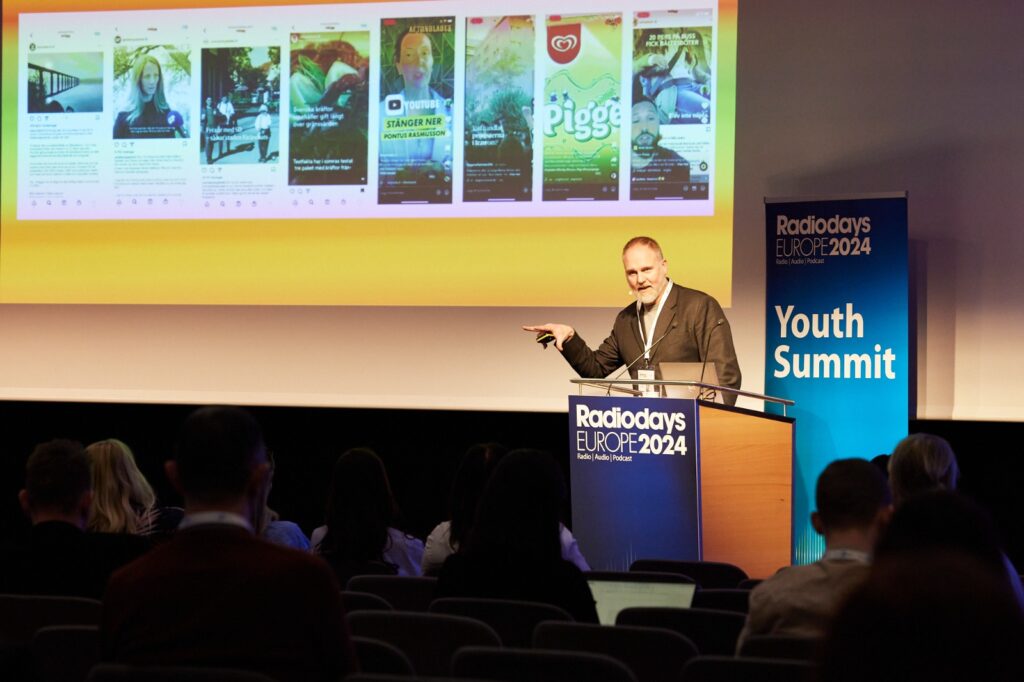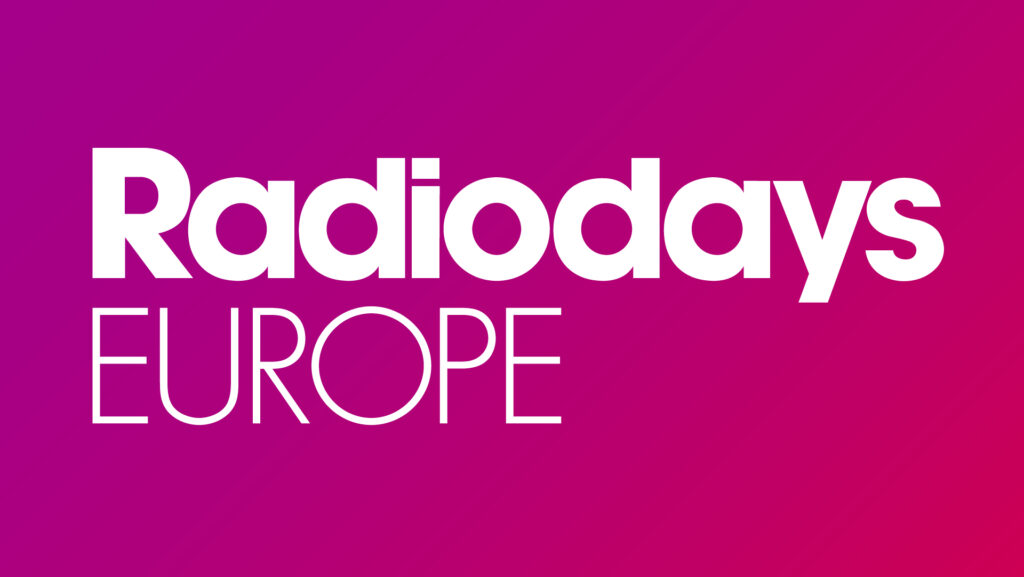Host Debola Adebanjo enters the Youth Summit stage. She opens the panel with a common question: “Which song represents you today?” From AC/DC to the Beatles, Céline Dion to 2 Pac, every genre is covered and the debate over who identifies as Céline Dion today rapidly breaks the ice. Reece Moore, bigFM Germany Talent states that young people listen to and interact with radio stations because they want to be heard. Relatability is one of the major aspects that make young people tune into a radio show. Hosts should “keep it cool” and don’t take themselves too seriously.
“Talking in a microphone is not like surgery” – Reece Moore
Reece’s statement sets the tone for the following speakers in this first part of the Youth Summit. Emily Copeland recently launched “CADA” Media Brand in Australia and built it on the same assumptions: authenticity, relevance, collaborations and homogeneity are important to young listeners as was shown by her studies. She will elaborate further on how she built CADA on Tuesday, so make sure to stop by!
Professor Kristoffer Holt of Linnaeus University in Sweden takes on the same topic, with a different approach: He studied news uptake of young adults between 18 and 25 years. There he found that especially text-based information were processed during the search for news on smartphones, which got some frustrated laughs from the audience.
“Text is key” – Kristoffer Holt
He came to the conclusion, that the answer to his research question on what quality is for young people is that quality is highly connected to relevance. This is where Chris Burns, Controller of Local Audio Commissioning from BBC comes into the panel. She states that “local still matters” and provides the consumer with a sense of community. Local content is relatable, may it be due to sports or just usual happenings.
“It’s less about local RADIO, it’s more about LOCAL” – Chris Burns
She sees the local radio as playground to try things out and stretch common radio boundaries.
To end Sunday’s Youth Summit Simon Gooch, Head of P3 & Head of Music Strategy, SR, went in with the provocative statement “Give up the youth – win the youth”. Up until 2018 the Swedish radio station saw a massive decline in (young) listeners. By changing the direction in which the radio station covers music they managed to increase their reach in under 24-year olds.
“A lot of our shows were talk-heavy. We focused a lot more on being a live radio station” – Simon Gooch
They gained young people by focussing on their specific traits:
- they listen on demand
- they thirst knowledge
- they love music
Switching on the radio should feel like home. So at P3 they strive for authenticity. The show host became more important.
“Make radio shows that the presenters enjoy themselves” – Simon Gooch
They also changed the radio’s playlist by not only focussing on new music but also integrating songs from earlier stages because they “felt the responsibility in a time of losing interest in music journalism.”



